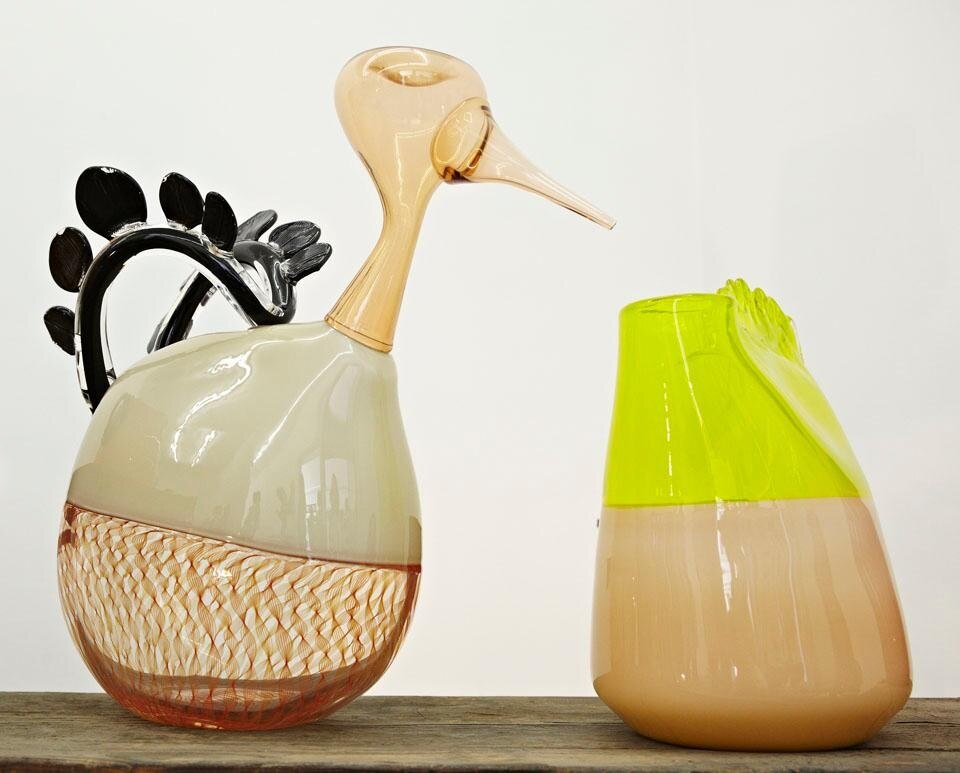With a platform of international curators from different countries, the exhibition develops the endless potential of glass in contemporary art, design and even architecture. The question is always the same and never resolved: Can an object conceived and designed to perform a specific function be called a work of art?
_UPD1.jpg.foto.rmedium.jpg)
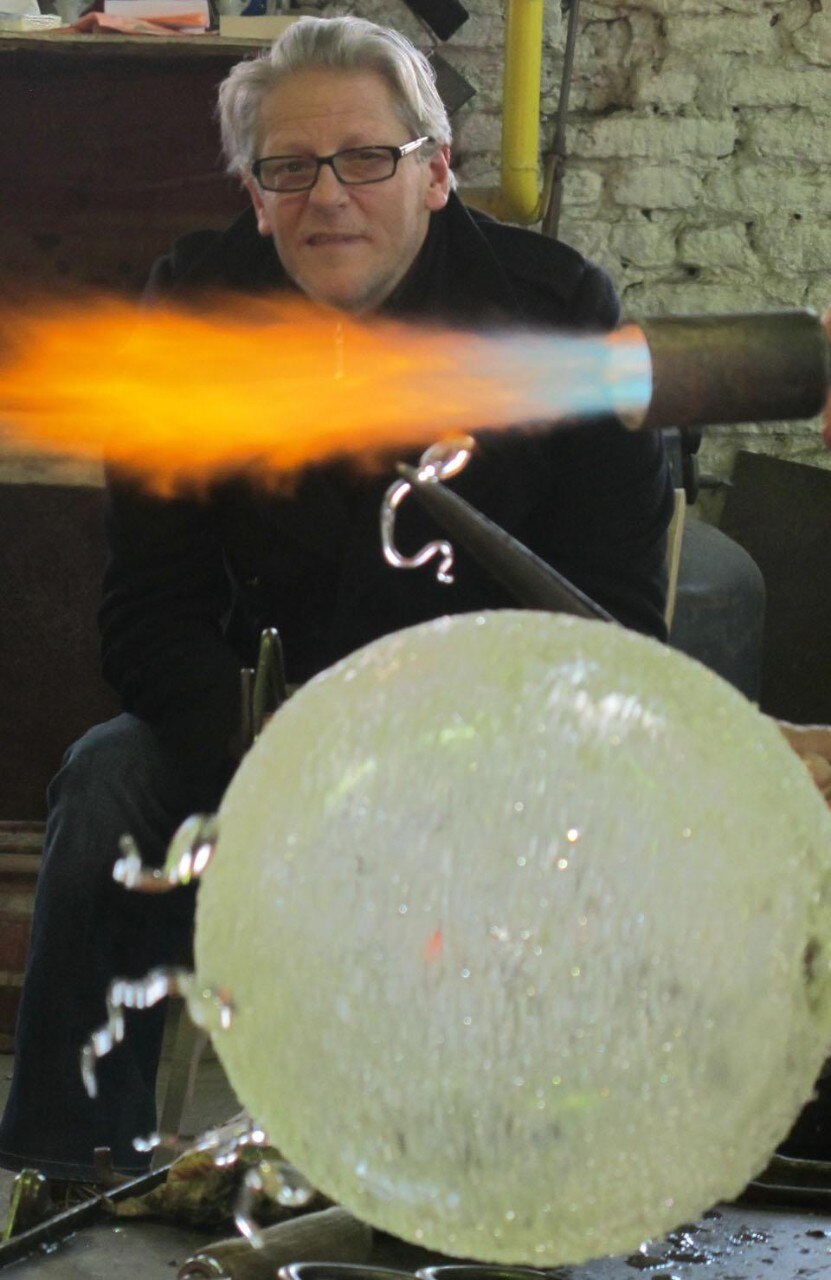
It can be perfect as in a pane or rough and opaque like my pieces, full of bubbles and imperfections. I do not consider perfection a challenge; perfect things can often not be interesting and frequently prove very boring.
orientation%20(2)1.jpg.foto.rmedium.jpg)
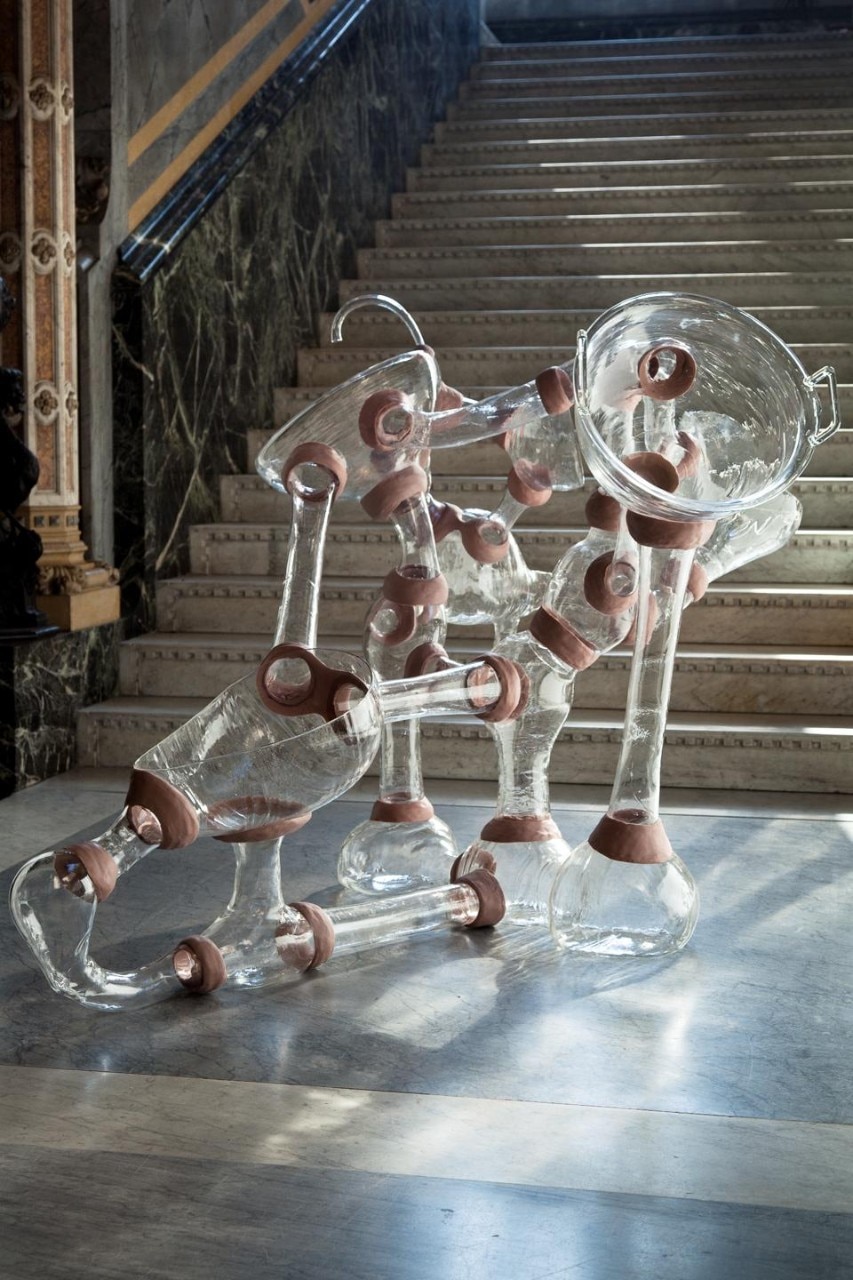
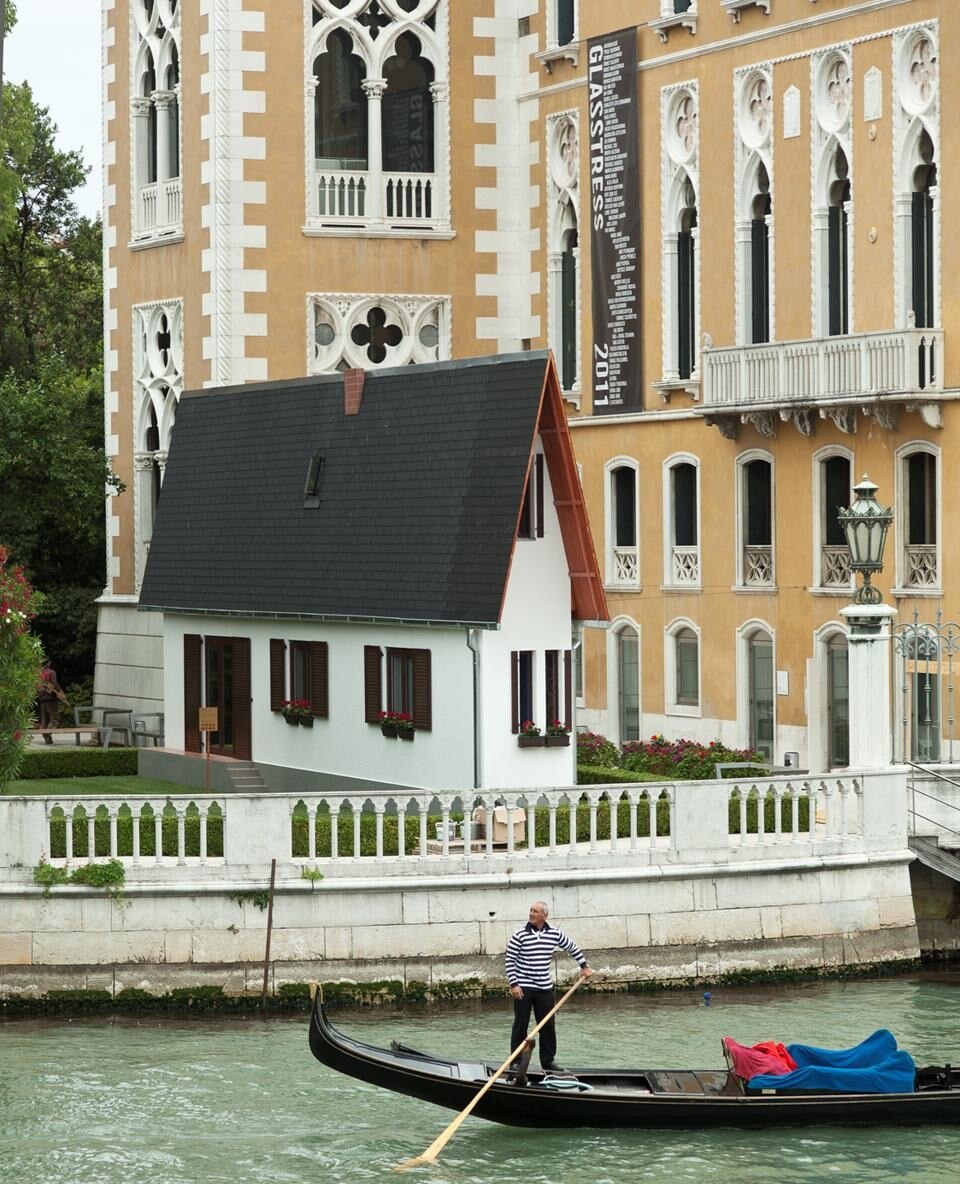
Another interesting work is on the concept of limits and by Korean Michael Joo, who combines the roped uprights employed to direct queues—mostly blown in a silver colour by master Massimo Lunardon and hence fragile and useless—with a work by American artist Tony Oursler, curated by Demetrio Paparoni and Gianni Mercurio.
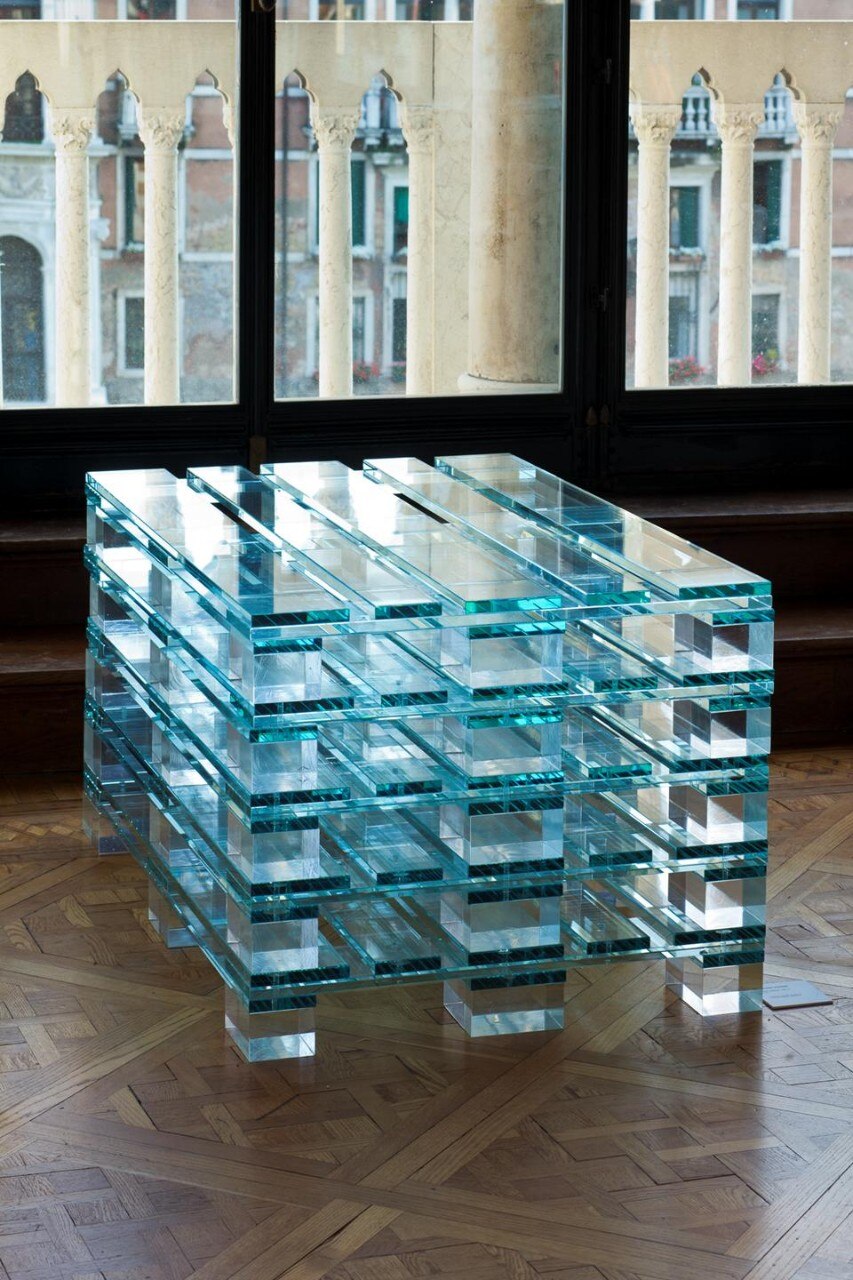
Maria Cristina Didero


